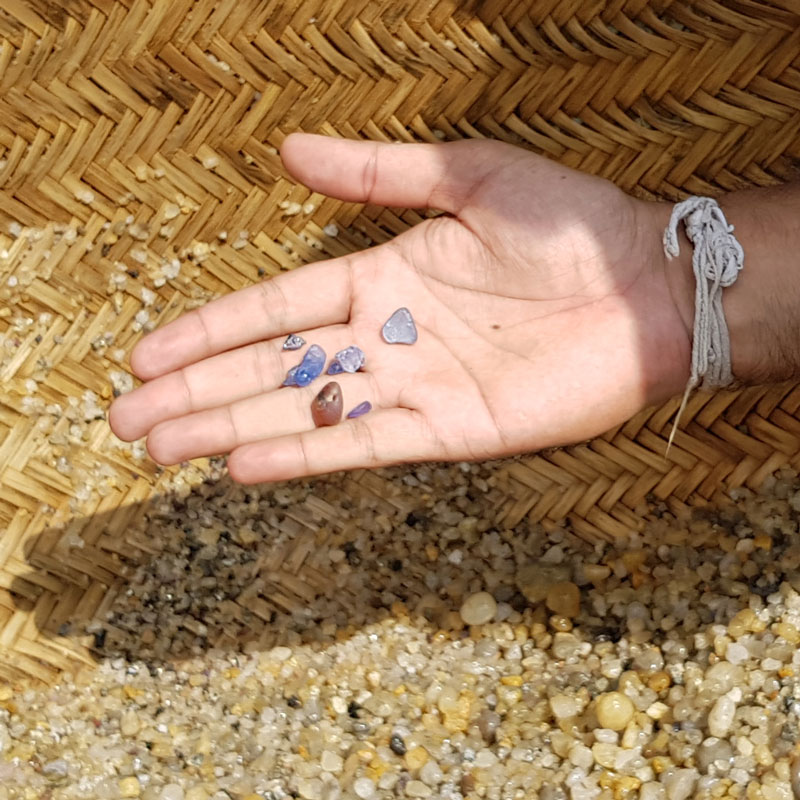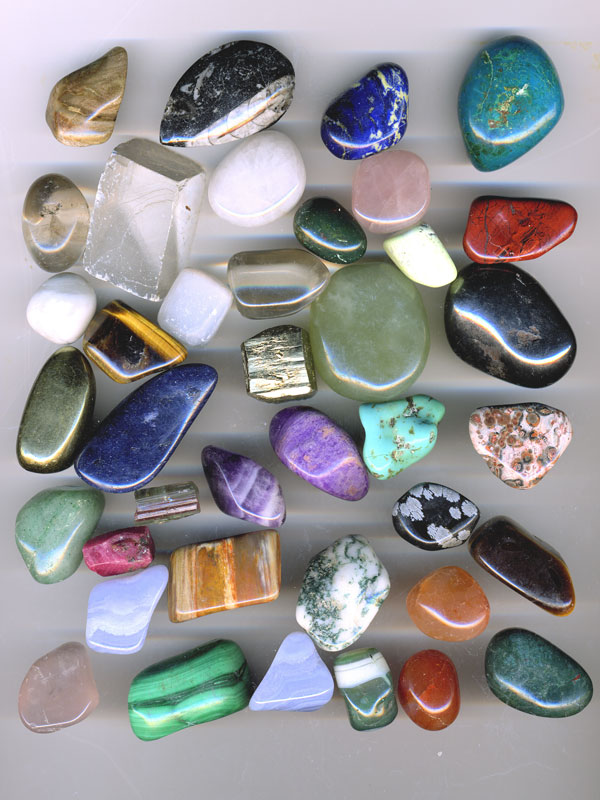Knowledge
28.01.2022 Rough gemstones & untreated, natural gems
Are rough stones, untreated gemstones, and natural gemstones one and the same? The layperson probably thinks these terms refer to stones that are still in their original state before becoming jewelry or cut gemstones. However, the terminology is more complex. Rough gemstones are uncut. Untreated gemstones, on the other hand, may be cut because, in the gemstone industry, treatment refers to refining the stone beyond cutting and polishing.

Treated Gemstones: How gems get improved
The vast majority of gemstones sold today are treated in some way, as only about 2% of stones on the world market are gem quality without artificial enhancement.
Before gemstones are cut and made into jewelry, they are treated to make minor blemishes and imperfections disappear or enhance the color of a stone. This can include heating gemstones, irradiating them, or filling existing cracks with oil, resin, or plastics.

Rough gemstones: Determining the value in the first place

Rough stones are gemstones and minerals that have not yet been cut. Gemstone dealers purchase rough gemstones of the appropriate quality directly from mines or through local dealers in the areas where they are found. Then, specialists cut the stones.
Years of experience and expertise are required to recognize a stone’s quality. In addition to weight, the shape of the rough stone is important because it determines the possible shape of the cut. The best pieces can be cut directly without further enhancement. These pieces become valuable, untreated gemstones. However, a much larger portion is treated before or after cutting to be sold as gemstones.
Specimens of inferior quality and more common minerals, on the other hand, are sold or processed in larger lots. These stones are then found as tumbled stones or as raw, uncut, and unpolished pieces in the trade. These stones are either processed into costume jewelry or found as healing stones in the esoteric trade. Mineral collectors are interested in uncut, unprocessed gemstone crystals, as well as gemstone specimens where the gemstone is still surrounded by the original rock.

Raw gemstone jewelry
In recent years, high-quality rough stones without cuts have also been increasingly made into jewelry. The designs of such jewelry are generally minimalist and restrained to give the stone all the attention it deserves. Rough gemstones can be set in various ways, such as wire wrapping or knob or bezel settings.
Raw gemstones are much less expensive than cut ones. Although a large part of the original weight is lost during cutting, the special sparkle of a stone is only created through the perfect cut.
Since an expensive step is omitted, jewelry with uncut colored stones is less expensive than jewelry with cut stones of the same quality and weight.

Rough stones in crystal healing

In esotericism, uncut, rough stones are of great importance. Depending on the teachings, different properties are attributed to each mineral. To receive these energies and powers as intensely and unadulteratedly as possible, the stone should come to the “user” as originally and directly as possible.
Gemstones are often placed on the body, used to produce gemstone water, or used by esoteric therapists for scrying. In addition to rough stones, polished tumbled stones are also used for esoteric practices.

Untreated gemstones in your investment portfolio?
Untreated, natural-colored gemstones are a good addition to a portfolio. However, raw, uncut gemstones are not suitable for investment. Those offered in retail stores for end users are of low quality and not intended for investment purposes.
Popular colored gemstones such as rubies, emeralds, sapphires, and colored diamonds larger than one carat and of very good quality are ideal choices for a gemstone investment. These gemstones offer protection against inflation and are easy to transport and store. If you are looking to invest for the long term (with an investment horizon of at least five years), then untreated natural gems are a good choice.
While demand for high-quality gemstones is steadily growing, especially in the Asian market, mining volumes are stagnating or declining, so an increase in value can be expected in the future.


